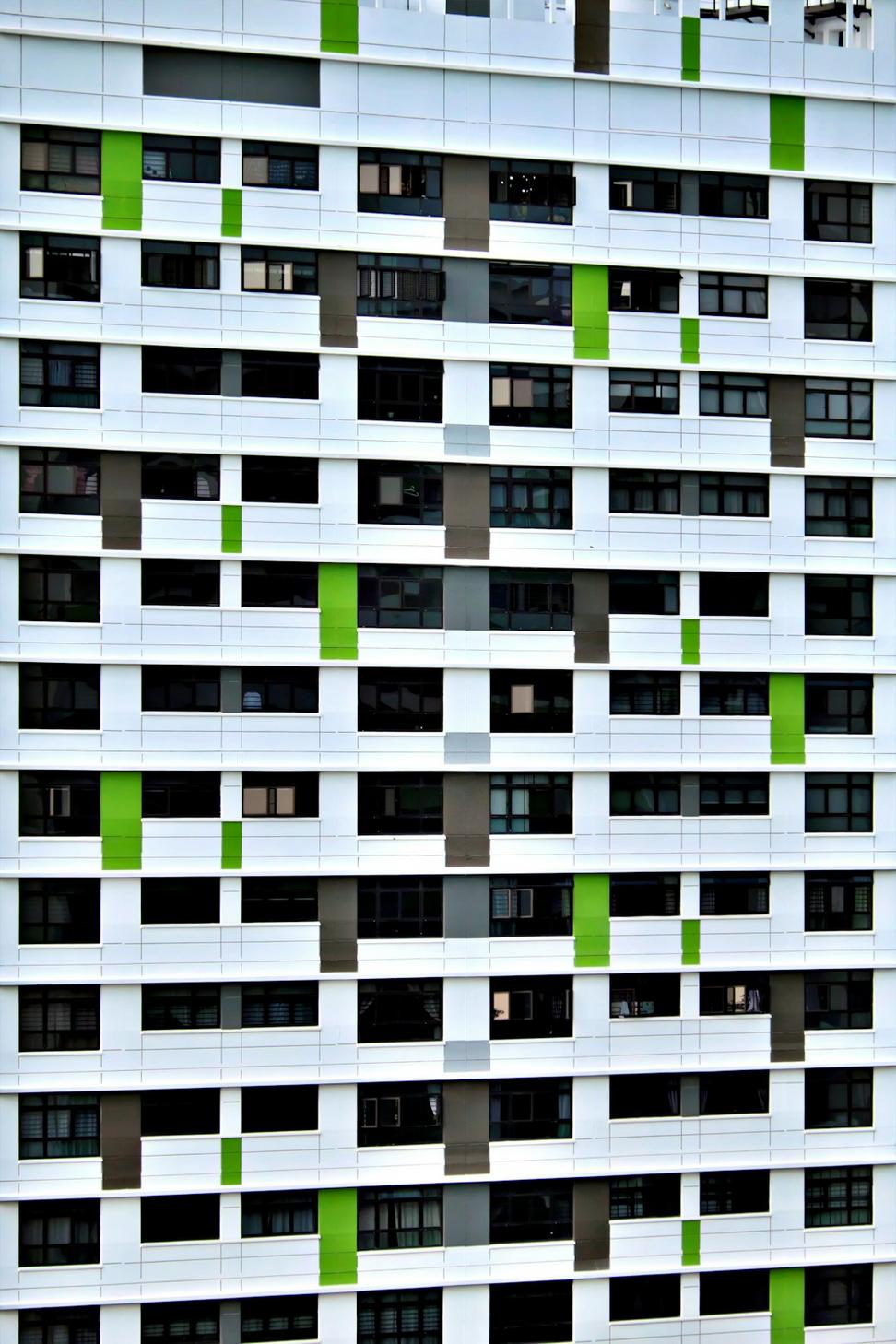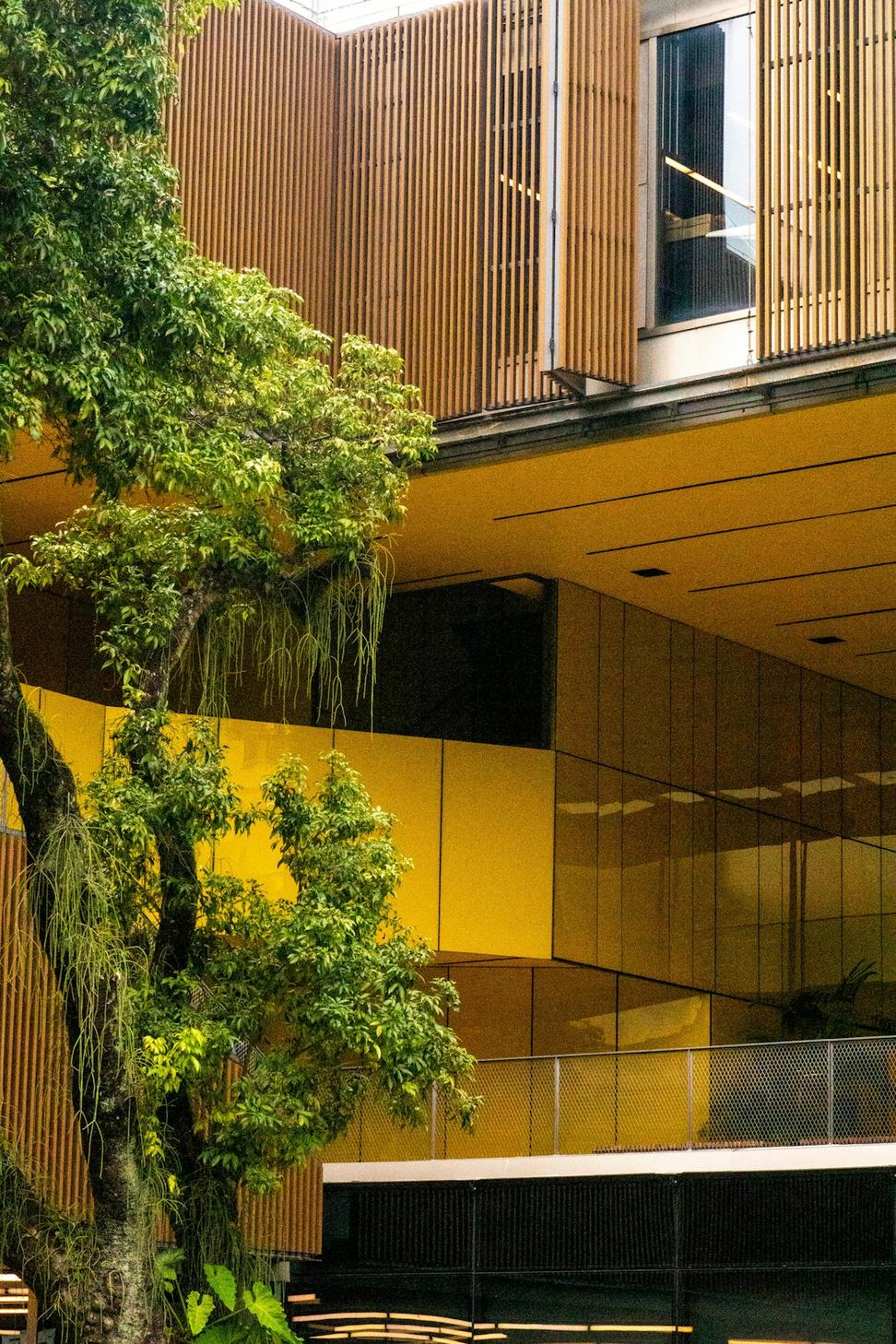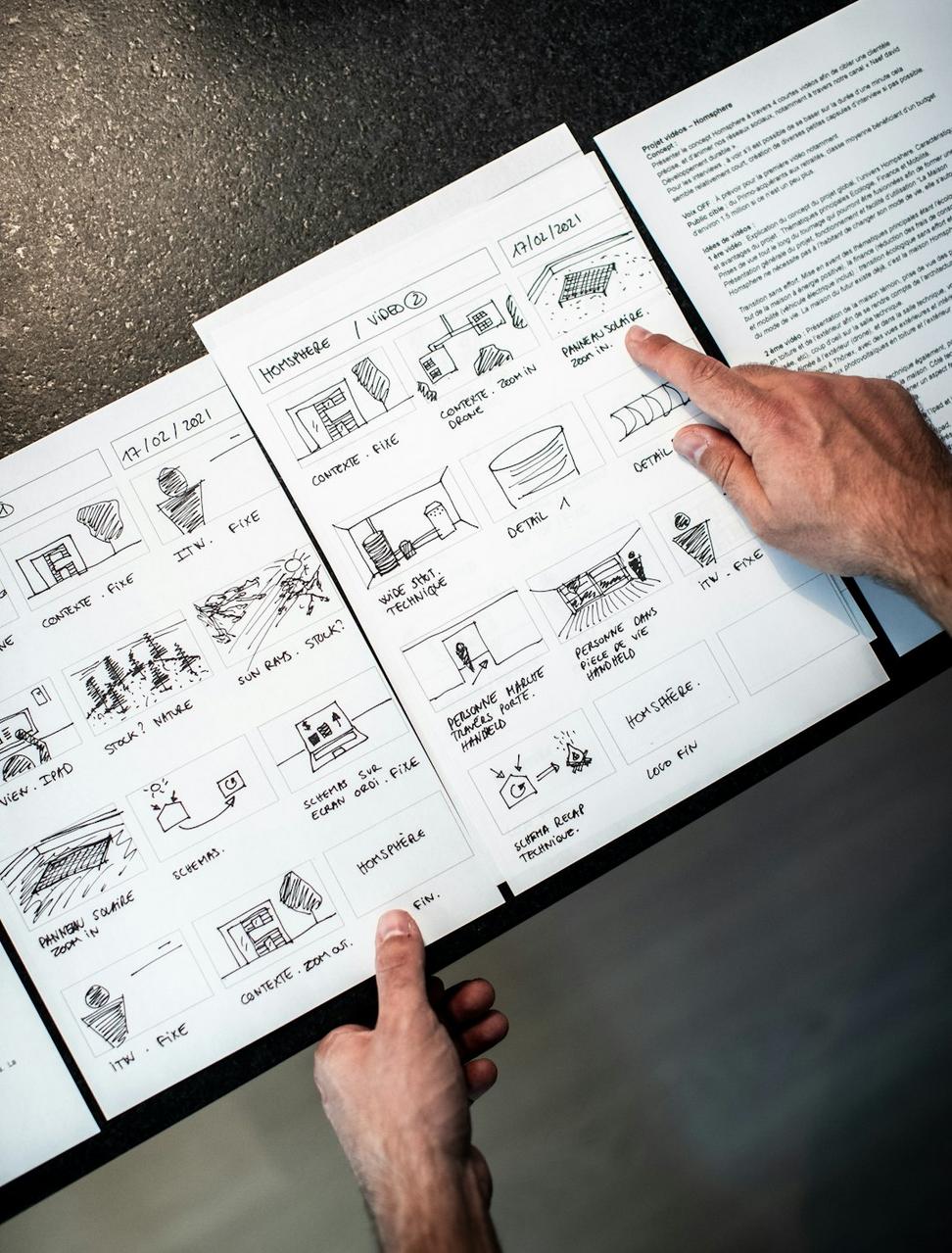
Why We're Obsessed With This Stuff
Look, we've been at this for nearly two decades, and honestly? The old way of doing things just doesn't cut it anymore. Every building we design either adds to the problem or becomes part of the solution - there's no middle ground here.
We started getting serious about sustainable design back in 2008, not because it was trendy, but because we kept seeing the same wasteful patterns repeated project after project. Now it's baked into everything we do, from that first napkin sketch to the final walkthrough.

